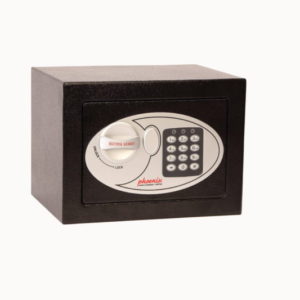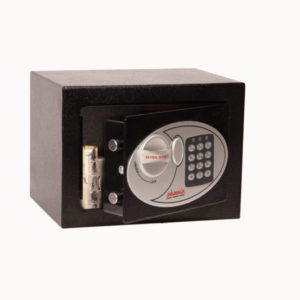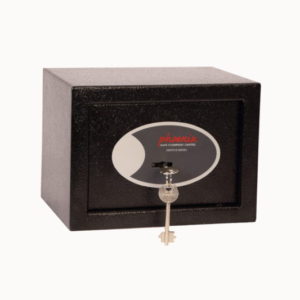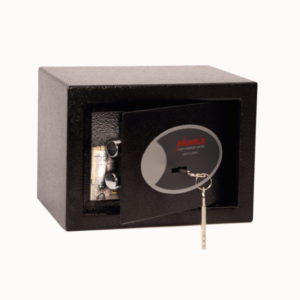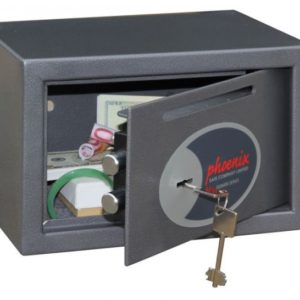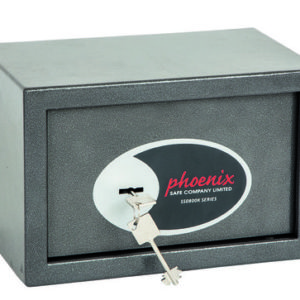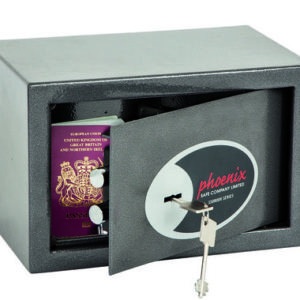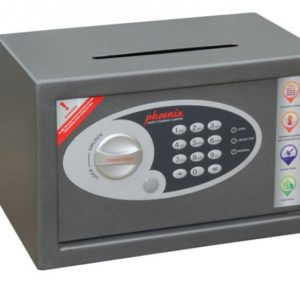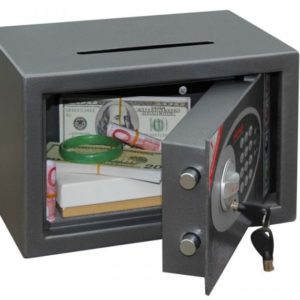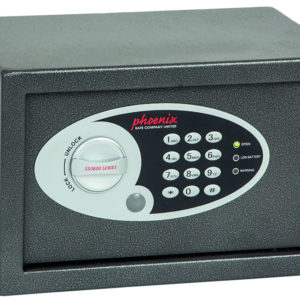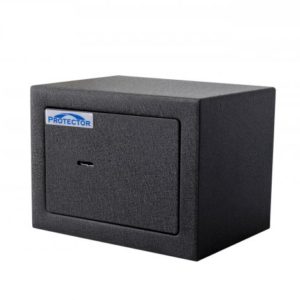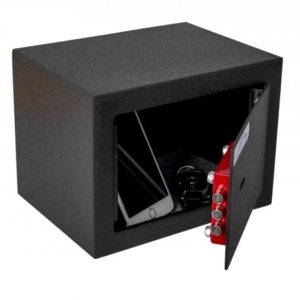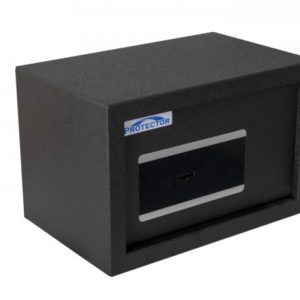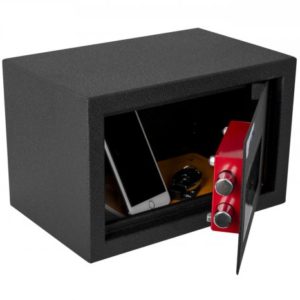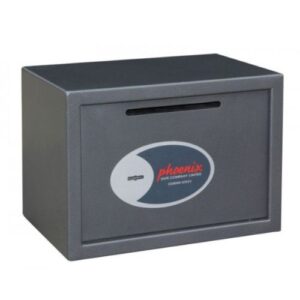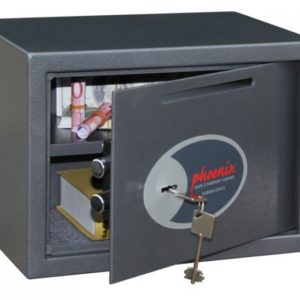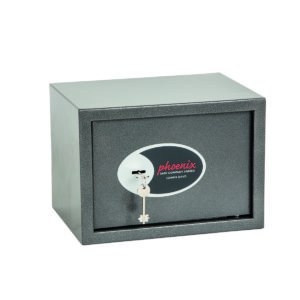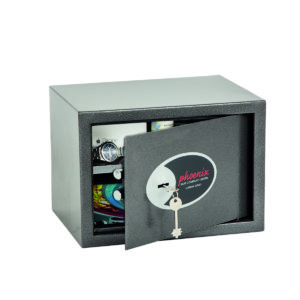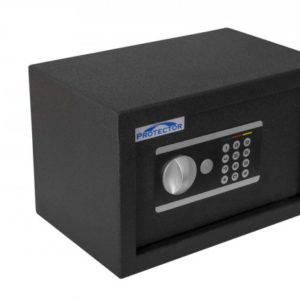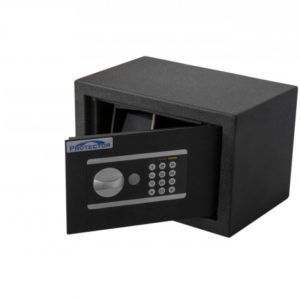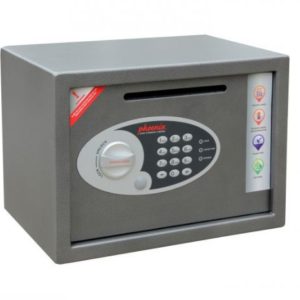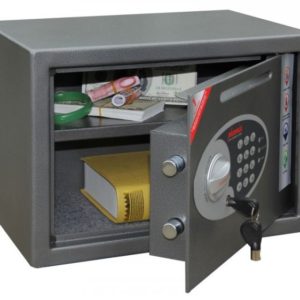Secure Your Space: Choosing the Right Safe for Your Home Office
In today’s security-conscious world, protecting sensitive documents and valuables in your home office has become more important than ever. Whether you’re working remotely, running a business from home, or simply storing personal records, a home office safe provides a practical and secure solution. This article explores the key considerations when selecting a safe for your home office and answers common questions such as what type of safe is best and where it should be placed.
What is the Best Safe for a Home Office?
Selecting the right safe for your home office depends on the types of items you need to protect—such as contracts, passports, hard drives, or even petty cash—and the level of security you require. Popular options include:
- Fire-Resistant Safes: These are essential for protecting paper documents and digital media from heat and smoke damage. Look for safes with UL or ETL ratings to ensure adequate fire protection for at least 30–60 minutes.
- Burglary-Resistant Safes: Featuring reinforced steel and complex locking systems, these safes are ideal for preventing unauthorised access. Opt for models with high cash ratings and certification standards like UL 687.
- Waterproof Safes: Useful for protecting against accidental water leaks or floods—particularly if your home office is located in a basement or near plumbing.
- Biometric Safes: Ideal for frequent access, biometric safes use fingerprint recognition for fast and secure entry, making them perfect for professionals who need to retrieve files or valuables quickly.
Is a Safe Worth It in a Home Office?
Absolutely. Investing in a safe for your home office delivers multiple benefits:
- Theft Protection: Even if your home is targeted, a well-secured office safe can prevent criminals from accessing your most valuable items.
- Disaster Preparedness: Fireproof and waterproof safes protect against unforeseen events such as electrical fires or burst pipes.
- Confidentiality and Compliance: If you’re handling sensitive client information or business records, a secure safe helps you meet privacy and data protection obligations.
- Peace of Mind: Knowing that important files, backup drives, and irreplaceable documents are secure lets you focus on your work without worry.
Where is the Best Place to Put a Safe in a Home Office?
The ideal placement of a home office safe balances accessibility with security. Here are some of the best locations:
- Under a Desk: This offers easy access while remaining relatively concealed. Choose a compact, bolted-down safe for optimal discretion.
- Inside a Lockable Cabinet: Placing a safe within another locked unit adds an extra layer of protection and keeps your workspace tidy.
- In the Wall or Floor: Wall or floor safes can be hidden behind furniture or under rugs, offering high security with minimal visual impact.
- Behind Bookshelves or Furniture: Concealing a safe behind shelving units or under heavy furniture helps it blend into the room’s layout.
Best Safe Locations in UK Home Offices
UK homes vary in layout, so consider these practical and discreet placement ideas for your home office safe:
- Built-in Furniture: Safes can be integrated into fitted cupboards or desk units common in British home offices.
- Loft Rooms or Garden Offices: If your home office is in a converted loft or outbuilding, ensure the safe is securely anchored to the structure.
- Under Stair Office Spaces: If your office is tucked beneath the stairs, use this low-traffic area for concealed safe storage.

